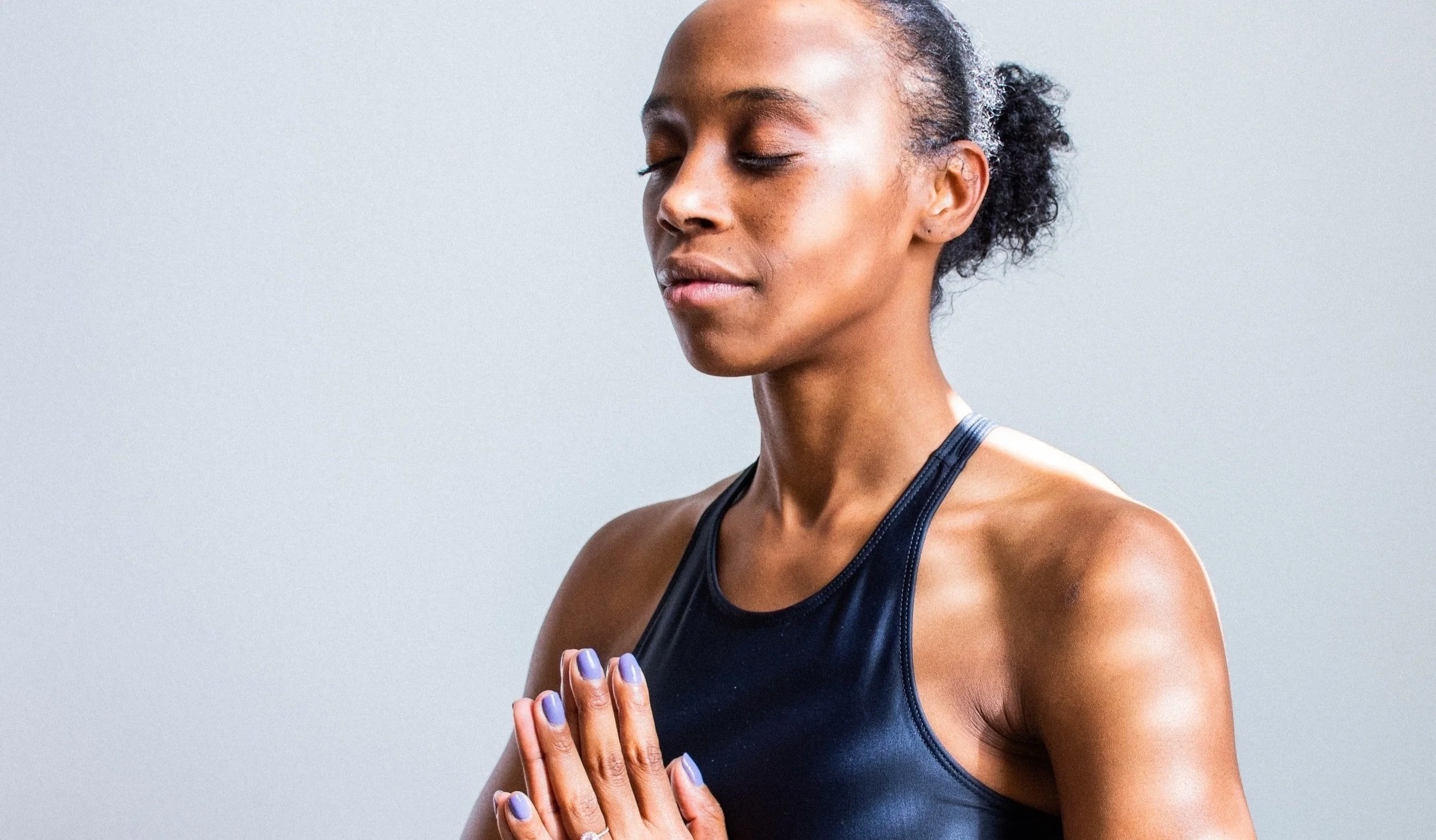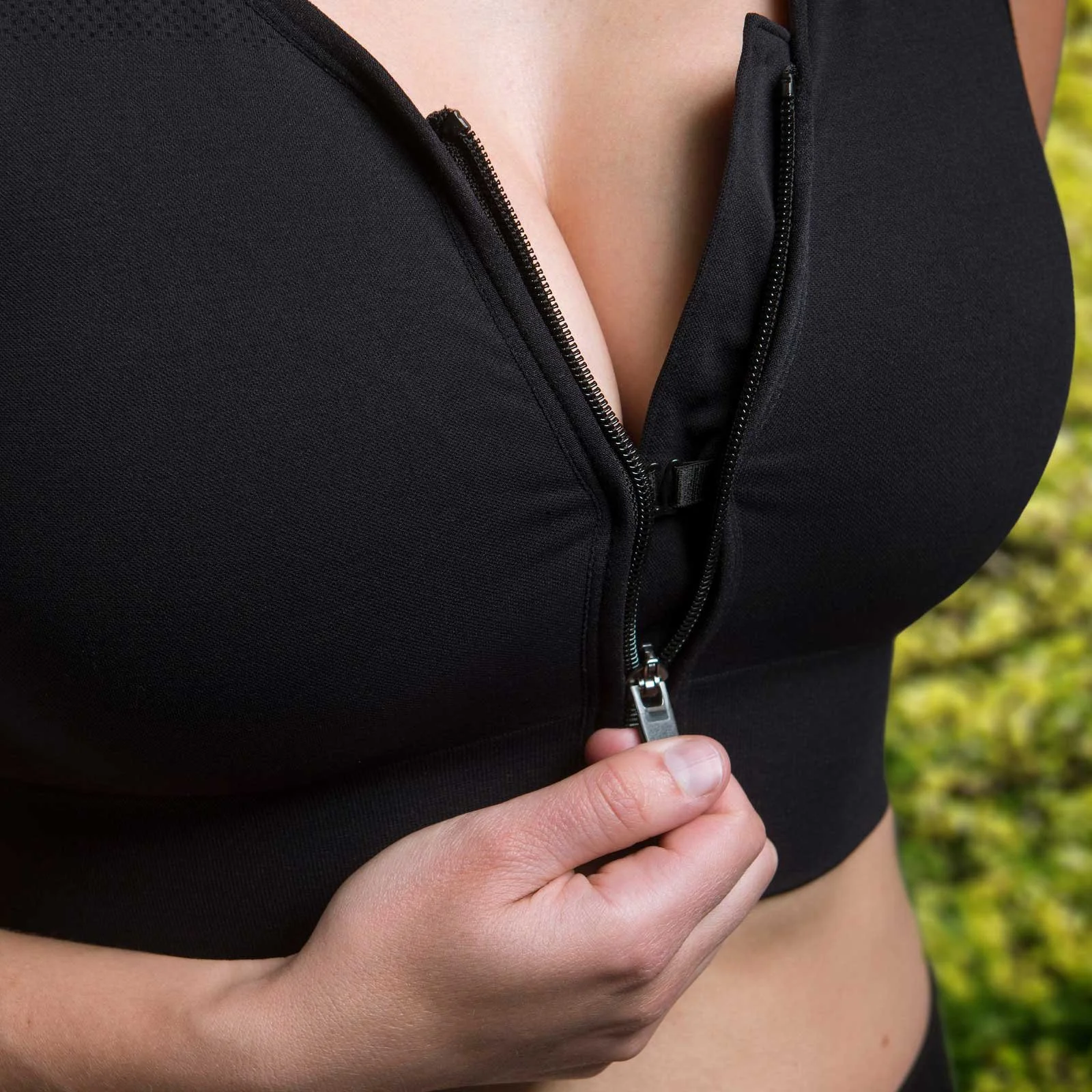Breast Surgery Recovery: 6 Ways to Support Healing
Recovery after any breast surgery, whether it’s a breast augmentation, reduction, lumpectomy, mastectomy, reconstruction, or lymph node removal, involves more than just physical healing. It’s about rebuilding your strength and prioritizing your well-being.
By practicing self-compassion, seeking genuine support, and integrating therapies that address both body and mind, from Breast Cancer Rehabilitation and therapeutic exercises to mindful breathing, you’re not just healing; you’re restoring your quality of life and sense of self.
Practice Self-Compassion
After any type of surgery, it’s normal to find everyday tasks more challenging and to feel vulnerable, emotional, or frustrated at times. Your body has faced a significant challenge, and healing isn’t always linear. Be kind to yourself during this time and remember that everyone recovers at their own speed, and your journey is uniquely yours.
Self-compassion isn’t just a mindset; it’s a healing tool. Some people find it especially comforting to keep a gratitude journal, listen to calming music, or spend five minutes in guided meditation each day. Others benefit from simply taking a moment to breathe deeply and check in with how they’re feeling. Cultivating this small daily practice of self-compassion can help ease tension, encourage relaxation, and gently support your healing.
Embrace Support During Recovery
Remember, you’re not alone in your recovery. Healing, physically and emotionally, takes time, and it’s okay to lean on others along the way. Don’t hesitate to reach out for support, whether it’s a friend dropping off a home-cooked meal, a family member helping with daily tasks, or a therapist or support group offering a safe space to talk; every gesture lifts a weight from your shoulders.
Allowing loved ones to assist with meal prep, childcare, grocery shopping, or transportation to appointments doesn’t mean you’re weak; it means you’re giving yourself the space and energy to heal. Delegating even small responsibilities can help reduce stress and fatigue, so you can focus on rest, recovery, and the moments that matter most to you.
Consult in Breast Cancer Rehabilitation
Rehabilitation after breast surgery can play a vital role in your recovery. Specialized physical and occupational therapists trained in Breast Cancer Rehabilitation can help you navigate the unique challenges that may follow breast procedures, from pain and swelling to scar tissue and limited range of motion.
Through hands-on techniques, targeted therapeutic exercises, and personalized guidance, a rehabilitation therapist can help restore mobility, improve posture, soften scar tissue, alleviate chest tightness, and support lymphatic flow. Early, guided rehab has been shown to support a faster recovery time, improve pain management, and reduce complications like swelling or restricted movement.
If your surgery was related to cancer treatment, these specialists can also help minimize side effects related to chemotherapy or radiation, such as fatigue, neuropathy, radiation fibrosis, or osteoporosis, ensuring a smoother, more comfortable healing process.
Whether you're in the early stages of recovery or dealing with lingering effects months or years later, rehabilitation therapy can help restore your function and enhance your quality of life.
Engage in Gentle Movement
While it is important to avoid strenuous activities in the weeks after surgery, gentle movement is vital to your healing process, even in the days after surgery. With the right guidance, therapeutic movement can ease discomfort, support mobility, and help you feel more comfortable in your body.
Begin with light arm movements, such as gentle shoulder rolls, bicep curls without weights, and wall walks, unless your surgeon advises otherwise. These simple exercises can help reduce stiffness, relieve chest wall tightness, and gradually restore your upper extremity range of motion. This is especially important following lymph node removal or post-mastectomy recovery, where mobility may be more limited.
Working with a PT who specializes in breast surgery recovery can give you the confidence and clarity to move safely and purposefully. These professionals understand the unique needs after breast surgeries, whether from cancer treatment or other procedures, and can design an individualized movement plan that is essential for your recovery.
Your specialized therapist can help you return to daily routines and physical activity in a way that feels sustainable and empowering. From rebuilding strength and flexibility to easing scar tissue and monitoring for changes like swelling or nerve sensitivity, their support can make your recovery feel more supported, less overwhelming, and uniquely your own.
And don’t underestimate the power of your breath. Diaphragmatic (belly) breathing is also incredibly beneficial after surgery. Not only does it promote relaxation, but it also enhances lymphatic flow and oxygen delivery to your tissues. Try inhaling deeply through your nose for a count of six, then exhaling through your mouth for six.
Prioritize Hydration and Nutrition
Fueling your body with fluids and key nutrients is essential for tissue repair and immune health. Aim for eight to ten 8-ounce glasses of water each day to flush anesthesia and medications, support waste removal, and promote cell regeneration and temperature regulation.
A protein-rich diet provides the amino acids crucial for rebuilding tissues and maintaining muscle mass, directly impacting strength and endurance during recovery. Meanwhile, a variety of colorful fruits, vegetables, and whole grains supply antioxidants, vitamins, and fiber to bolster immunity and reduce inflammation.
Choose a Comfortable Post-Surgical Bra
A thoughtfully chosen post-surgical bra can make daily life significantly more comfortable and support your body’s healing process. When selecting a bra, look for:
Front closures: Minimize pressure on incisions and reduce friction during dressing changes.
Soft, breathable fabrics: Help regulate temperature and prevent irritation on sensitive skin.
Gentle compression: Supports lymphatic drainage and reduces post-op swelling.
Wearing a well-fitting, supportive bra as recommended by your care team can ease discomfort, improve posture, and enhance your sense of security and comfort during recovery.
Prairie Wear offers great options when it comes to post-surgical bras. Use my affiliate code PINKPRO for 10% off your Prairie Wear order!
Build a Recovery Plan That Honors Your Whole Self
By incorporating these six strategies into your routine, you can build a recovery plan that aligns with your unique needs and priorities while enhancing your healing, well-being, and overall quality of life.
Whether you're healing from a cosmetic procedure or navigating breast cancer surgery recovery, your path forward should feel supported and empowering.
If you're looking for personalized guidance, I’d be honored to support you in your recovery. As a Physical Therapist, Certified Lymphedema Therapist, and Certified Cancer Coach specializing in breast surgery recovery, I offer one-on-one care designed to help you restore mobility, reduce discomfort, and return to the activities you love—safely and confidently. You don’t have to navigate your recovery alone.
And as always, if you have any concerns about your healing process, such as increased pain, redness, swelling, fever, or signs of infection at your surgical site, please be sure to call your doctor or surgical team.


